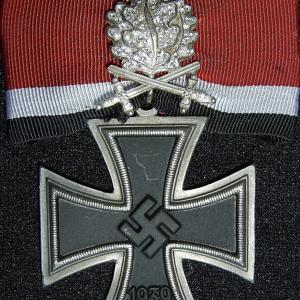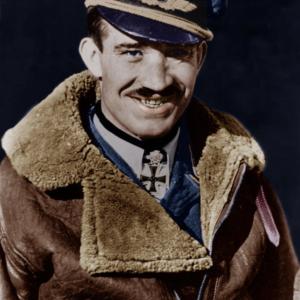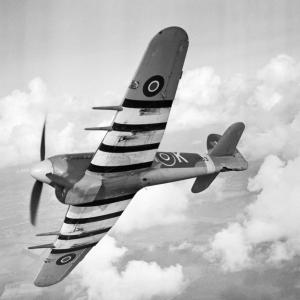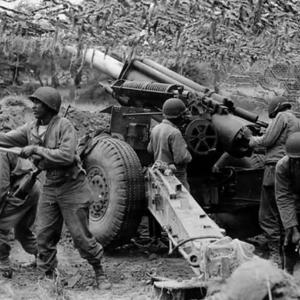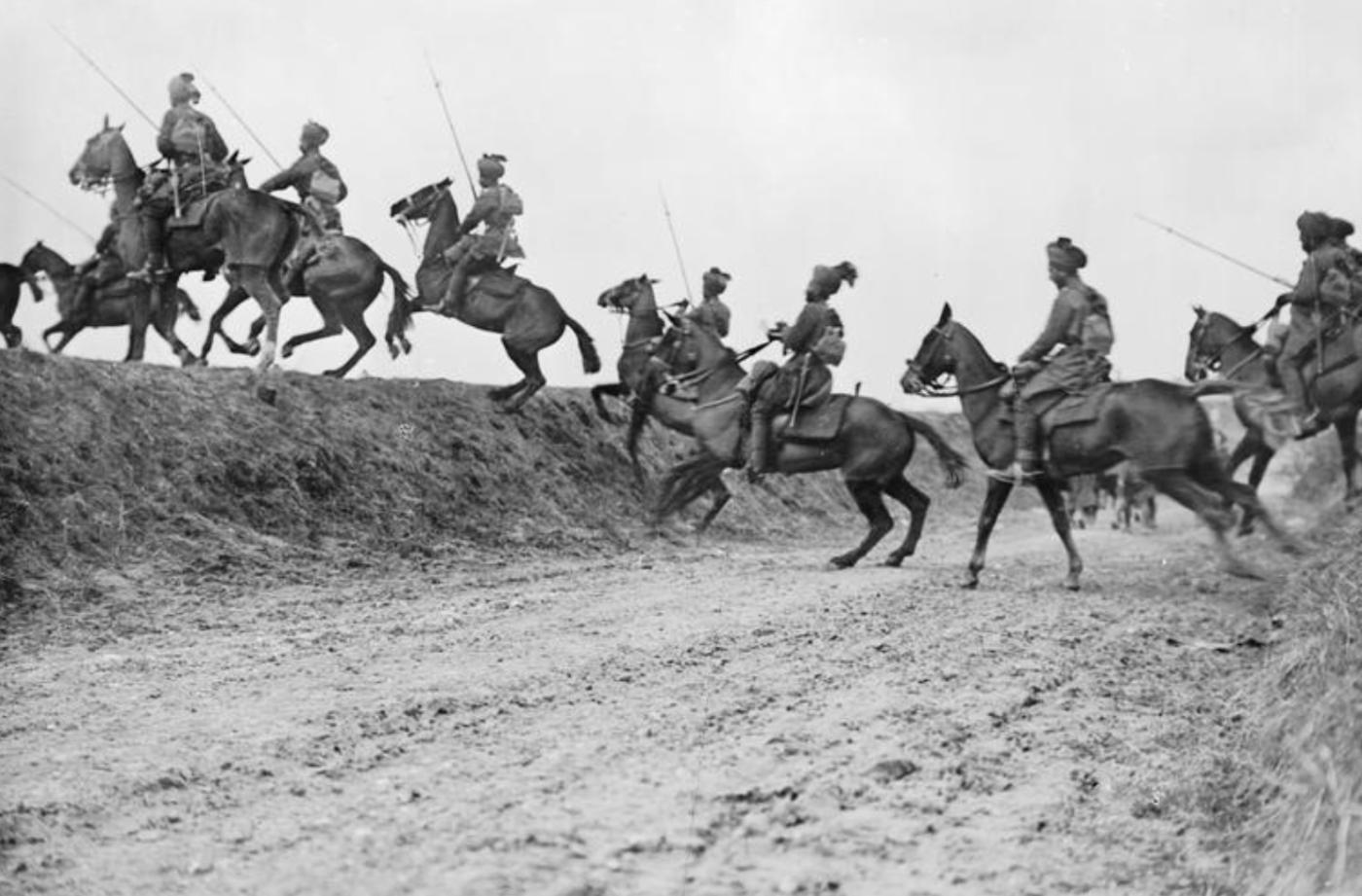
Indian Army
At the outbreak of the First World War in August 1914, the British Indian Army was swiftly called into action to support the Allied forces, particularly in Europe and the Middle East. As part of the British Empire, India was automatically drawn into the war. The British War Office sent an urgent request to the Indian Government, and in response, seven Indian Expeditionary Forces (labeled A to G) were rapidly raised. The most significant of these was Force A, consisting of around 138,000 troops, including infantry and cavalry. These troops were dispatched to the Western Front in France and Belgium by October 1914, where they were desperately needed to reinforce the British Expeditionary Force, which had suffered heavy losses during the early months of fighting.
The Indian troops arrived in unfamiliar conditions—cold, wet, and muddy trenches that contrasted sharply with the climates and terrain they were used to. Despite these challenges, Indian soldiers played a key role in some of the early major battles of the Western Front, including the First Battle of Ypres, Neuve-Chapelle, and the Second Battle of Ypres. These units included men from Punjab, the North-West Frontier Province, Gurkhas from Nepal, and soldiers from princely states who had pledged their support to the British Crown. Language barriers, dietary restrictions, and inadequate winter clothing added to their difficulties. Nevertheless, their bravery and discipline under fire earned the admiration of their British counterparts.
The Indian Army brought with it both infantry and cavalry units, along with support elements such as engineers, transport workers, and medics. The infantry were armed with standard issue Lee-Enfield rifles, and the cavalry regiments brought traditional weapons such as sabres and lances. These cavalry units, such as the Jodhpur Lancers and Mysore Lancers, initially had little scope for action in the trench-bound Western Front and were eventually redeployed to more mobile campaigns in the Middle East. Artillery support included field guns and mountain artillery adapted to the rugged terrain encountered in campaigns like Mesopotamia and Palestine. In total, over 1.3 million Indian soldiers and non-combatants served during the war, with more than one million deployed overseas to Europe, Africa, and the Middle East.
One of the most famous actions involving Indian cavalry was the Battle of Haifa in 1918, where the Jodhpur Lancers and Mysore Lancers launched a successful mounted charge against entrenched Ottoman and German positions. This is often cited as one of the last successful cavalry charges in modern military history. Indian soldiers also fought with distinction in Mesopotamia (modern-day Iraq), where they bore the brunt of early British efforts to capture Baghdad. These campaigns often featured long marches, supply shortages, and intense heat, and Indian troops adapted impressively to the demands of desert warfare.
The human cost of India’s involvement in World War I was immense. Approximately 74,000 Indian soldiers died during the war, and an estimated 65,000 were wounded. On the Western Front alone, the Indian Corps suffered around 22,000 casualties before it was withdrawn from Europe in late 1915. The loss of life was deeply felt in India, where many communities saw generations of young men serve far from home in an imperial conflict. Despite their sacrifice, Indian soldiers were often denied the same postwar recognition and rights granted to their European counterparts. However, their contribution did not go unnoticed at the time. Over 9,000 Indian troops received gallantry awards, including 11 Victoria Crosses—the highest award for valor in the British military. One of the earliest recipients was Khudadad Khan of the 129th Baluchis, who became the first Indian to receive the Victoria Cross for holding his position against German forces in Belgium in 1914.
The war significantly impacted Indian politics and society. The scale of India’s contribution and sacrifice challenged British colonial assumptions about Indian capabilities and loyalty. It also fueled Indian demands for greater self-rule, with Indian leaders arguing that their support in war should be met with constitutional reforms. Though immediate independence was not granted, the war laid the foundation for a more assertive nationalist movement in the decades that followed. The legacy of Indian soldiers in the First World War is commemorated at memorials such as the India Gate in New Delhi and the Neuve-Chapelle Memorial in France, which honor the thousands who served and fell far from home.

